Explanation
The 2nd Tunnel, one of several excavated by North Korea for the purpose of infiltrating South Korea, was discovered in 1975. Spanning a total length of 3.5 kilometers, only 500 meters of the tunnel is accessible to civilians. To visit this site, visitors are required to book as part of the DMZ Peace Tours. Additionally, personal identification, such as a passport or Alien Registration Card (ARC), is necessary for access.
Inquiry
+82-33-450-5559
Homepage
Information Use
Experience Guide : [Goseokjeong Land Security Tour]
- Operating period: Mon, Wed, Thu, Fri, Sat, Sun (Private cars are not available on weekends)
- Closed: Every Tuesday, New Year’s Day, Children’s Day, Seollal (Lunar New Year’s Day) & Chuseok (Korean Thanksgiving Day) Holidays
- Tour Course: Goseokjeong Land - The 2nd Tunnel - Cheorwon Peace Observatory (monorail included) – Cheorwon Durumi Hall (Crane Pavilion) – Woljeong-ri Station
- Duration: 3 hours
- Individual Tour (by private car or shuttle bus (4 times a day))
[Baengmagoji Station Security Tour]
- Operating period: Mon, Wed, Thu, Fri, Sat, Sun
- Closed: Every Tuesday, New Year’s Day, Children’s Day, Seollal (Lunar New Year’s Day) & Chuseok (Korean Thanksgiving Day) Holidays
- How to use: Shuttle bus security tour using Baengmagoji train for tourists
- Departure Time: 10:40, 13:30
- Tour Course: Baengmagoji Station – The 2nd Tunnel – Cheorwon Peace Observatory – Woljeong-ri Station – Baengmagoji Station
- Duration: 3 hours
Contact and Information : +82-33-450-5559
Parking facilities : Available
Day off : Tuesdays, New Year's Day, May 5, Seollal (Lunar New Year's Day), Chuseok (Korean Thanksgiving Day) holidays
* Subject to cancellation depending on weather conditions or security concerns
Hours : 09:30 / 10:30 / 13:30 / 14:00
More information
Tour Course Information
[Tour Course]
* From Goseokjeong Land
Goseokjeong Land - The 2nd Tunnel - Cheorwon Peace Observatory (monorail included) – Cheorwon Durumi Hall (Crane Pavilion) - Woljeong-ri Station
* From Baengmagoji Station
Baengmagoji Station – The 2nd Tunnel – Peace Observatory – Woljeong-ri Station - Baengmagoji Station
Admission Fees
Adults 4,000 won / Teenagers 3,000 won / Children 2,000 won
Facility Utilization Fees
[Shuttle Bus]
Individuals - Adults 8,000 won / Teenagers 7,000 won / Children & Senior citizens 6,000 won
* Free: Preschoolers (ages 6 & under)
* Separate fees apply for parking and admission
[Integrated Admission Ticket]
* The 2nd Tunnel, Peace Observatory, Woljeong-ri Station, Woljeong-ri Durumi Hall (Crane Pavilion)
Individuals - Adults 4,000 won / Teenagers 3,000 won / Children & Senior citizens 2,000 won
Groups - Adults 3,000 won / Teenagers 2,000 won / Children & Senior citizens 1,500 won
[Monorail]
Individuals - Adults 2,000 won / Teenagers 1,500 won / Children & Senior citizens 1,000 won
Groups - Adults 1,500 won / Teenagers 1,000 won / Children 700 won / Senior citizens 750 won
* Free: Babies (ages 6 & under)
* Adults (ages 19 & over) / Teenagers (ages 13-18) / Children (ages 7-12) / Senior citizens (ages 65 & over)
Parking Fees
[Daily]
Small Vehicles: 2,000 won
Large Vehicles: 5,000 won
Restrooms
Available
Available Facilities
The 2nd Tunnel, Cheorwon Peace Observatory, Woljeong-ri Station, Cheorwon Durumi Hall (Crane Pavilion)
Location
Yangji-ri, Dongsong-eup, Cheorwon-gun, Gangwon-do
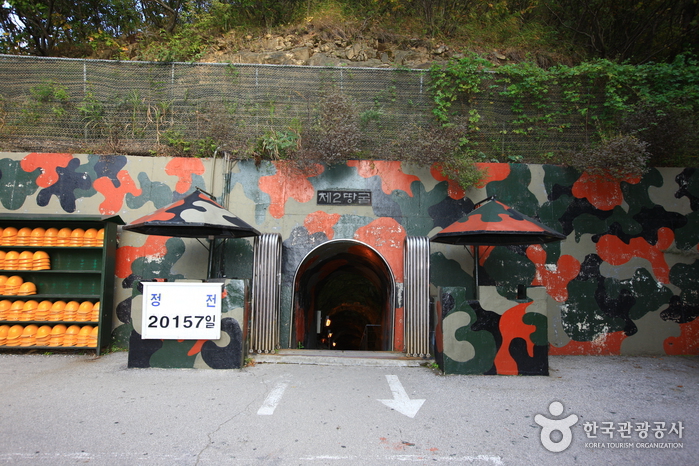
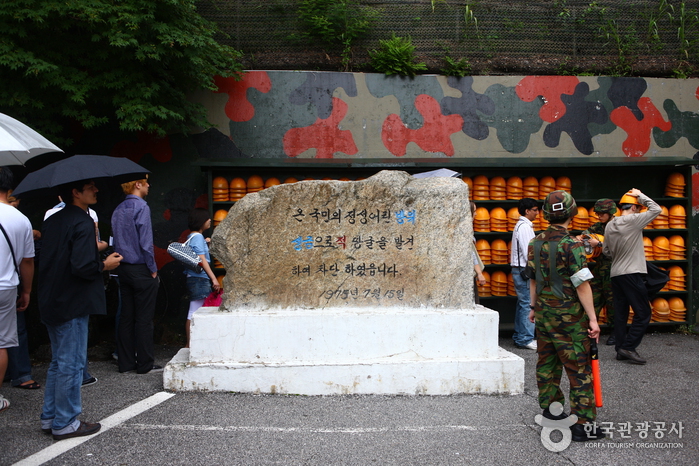
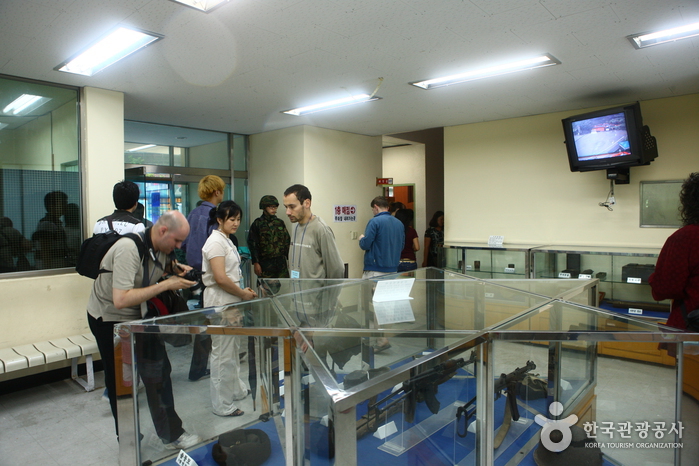
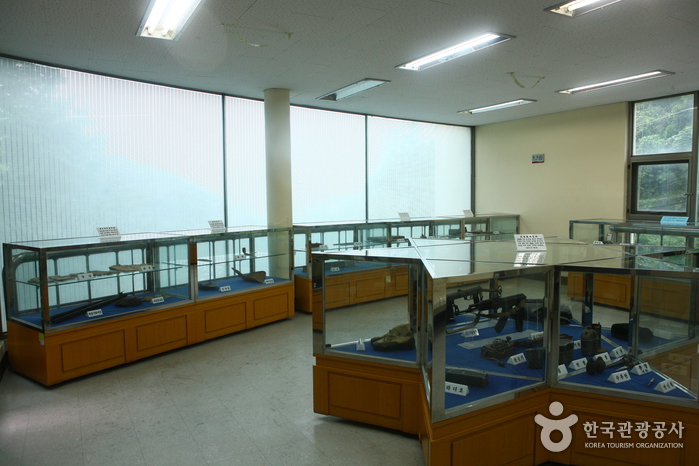
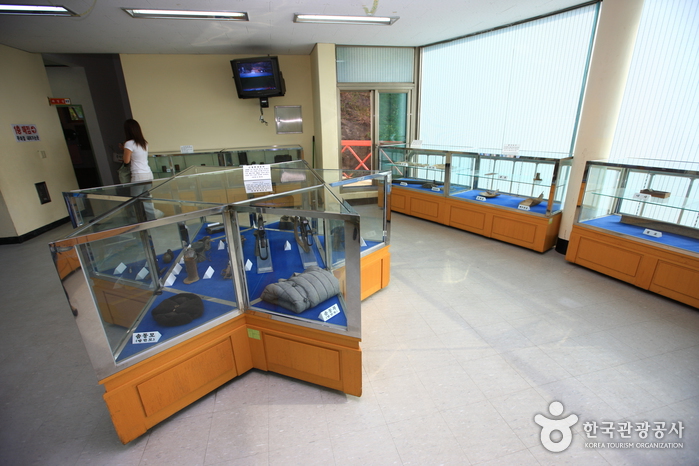
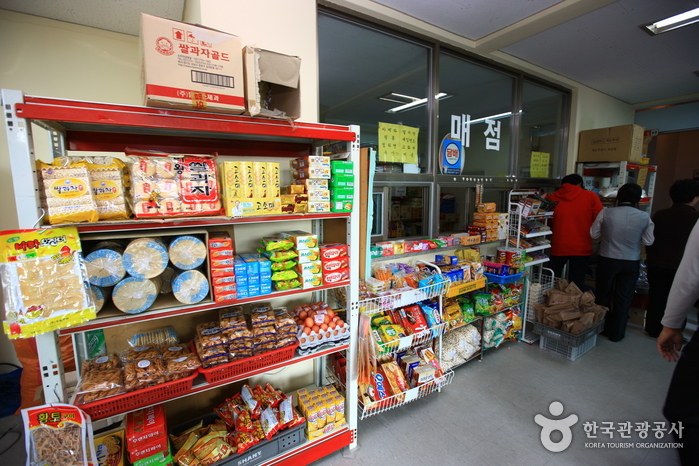
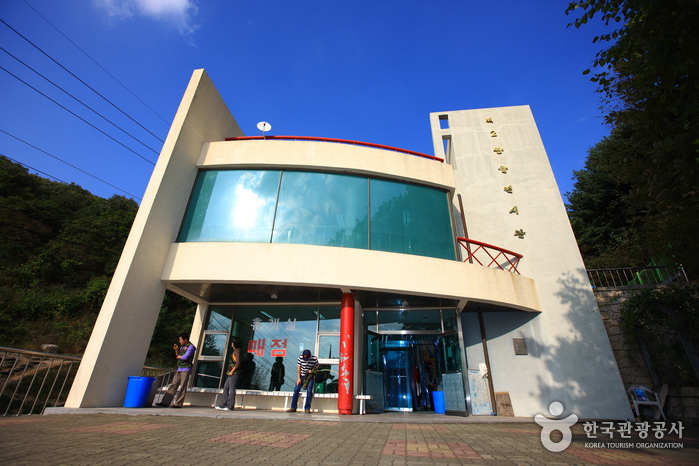
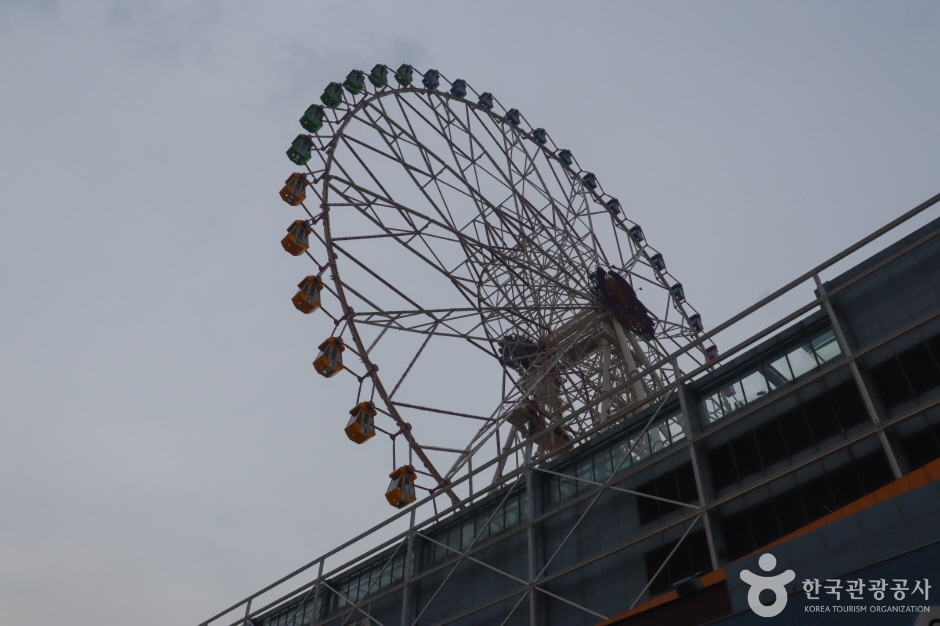
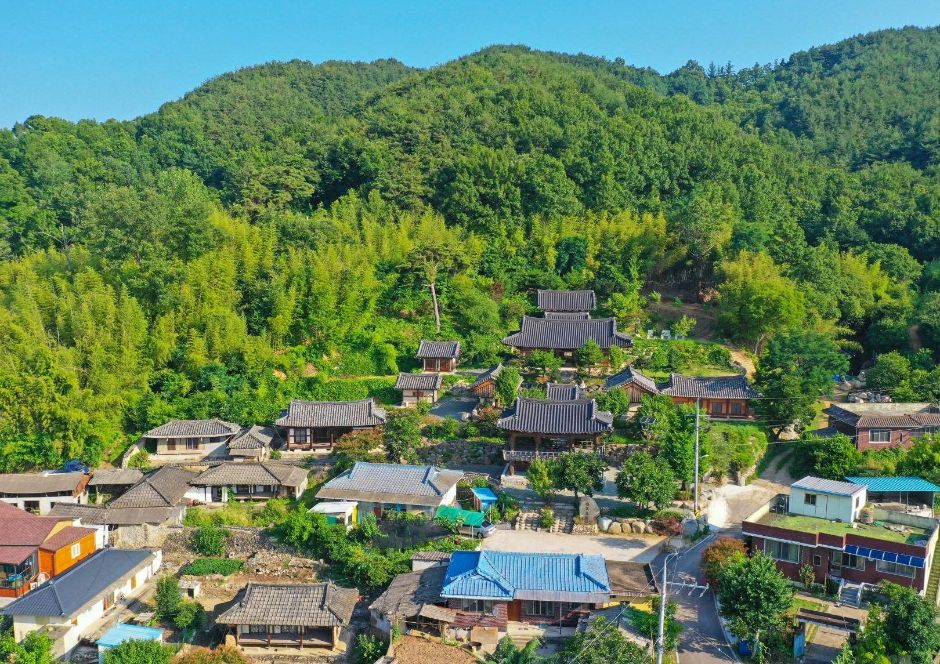

 English
English
 한국어
한국어 日本語
日本語 中文(简体)
中文(简体) Deutsch
Deutsch Français
Français Español
Español Русский
Русский